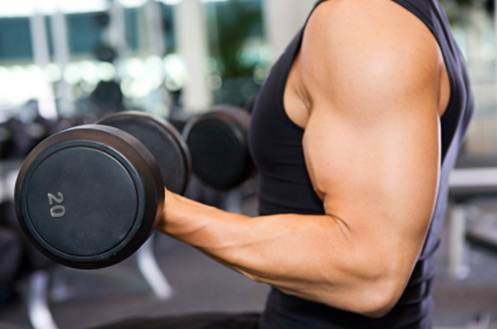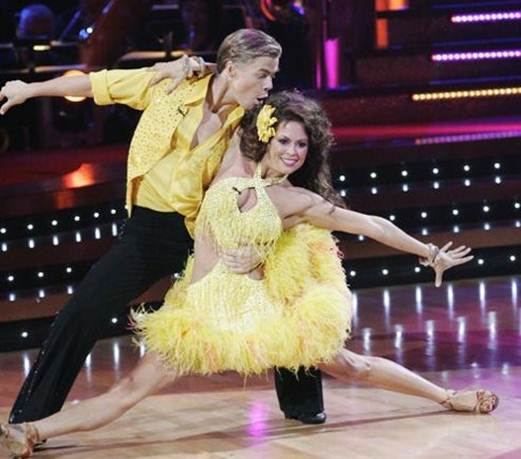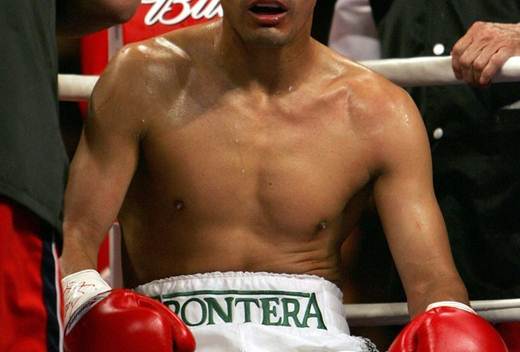3. Weight training
Best for: younger bones
Half of all women over 50 will break a bone
as a result of osteoporosis, so make sure it’s one age-related condition you
avoid. “Bone is living tissue which reacts to increases in loads by growing
stronger,” says Julia Thomson, helpline nurse at the National Osteoporosis
Society (nos.org.uk). “But because it does this all the time, exercise will
only increase bone strength if it increases the loading above usual levels.”

Any kid of weight-bearing exercise (for
example, jogging, aerobics and skipping) will help strengthen your muscles,
ligaments and joints, but resistance exercises such as press-ups, weightlifting
and gym machines actually boost bone strength. A study published in the
American Journal of Physical Medicine & Rehabilitation found that
resistance training improved bone mineral density of all the pre-and
postmenopausal women who took part.
Get the best results:
Lose your fear of weights machines by
asking a gym instructor to show you a basic circuit on apparatus. Or join a
Body Pump class, which allows you to work at your own level, then progress to
heavier weights as you get stronger. Do you work out at home? Invest in some
dumbbells or resistance bands and incorporate resistance training into your
routine.
Also try:
If the thought of pumping iron in a class
makes you want to run for the hills, do! “One of the most effective ways of
ways of loading your bones is by doing brief bouts of high-impact exercise,” says
Thompson, “So, for instance, the heel strike when your foot hits the ground
during running gives a useful jolt to the skeleton.”
4. Dancing

Best for: younger brain
Dance classes don’t just get your body in
great shape, they also provide a workout for your brain because they require
co-ordination, timing and decision-making, which keeps your grey matter active
and alert. A 21-year US study of senior citizens, published in the New England
Journal of Medicine, found that dancing was the only physical activity to offer
protection against dementia and regular boogieing was shown to reduce the risks
by a whopping 76 per cent. It sounds amazing, doesn’t it? The researchers
weren’t sure how this effect arose, but one theory is that dancing may increase
“cognitive reserve”, the brain’s ability to rewire itself and resist the
effects of dementia.
Get the best results:
Ditch highly choreographed routines and try
freestyle dance styles that demand split-second decision-making, such as disco,
swing and Ceroc. It’s the not knowing what’s coming next that increases mental
acuity. Finally, frequency is key. The same study found that senior who did
crossword puzzles four days a week had a measurably lower risk of dementia than
those who did the puzzles once a week. So grab your partner and hit a salsa
club tonight!
Also try:
Another US study showed that a 12-week
aerobic exercise programme increased blood flow to the brains of adults aged
between 21 and 45, and may well promote the growth of new nerve cells in the
hippocampus, the part of the brain that processes memory, and is vulnerable to
cognitive ageing. Combine these benefits with those of choreography-heavy
workouts by doing a Zumba, Body Combat or Step class.
5. Boxing

Best for: younger reflexes
“Boxing classes are a great way to keep
young,” says AJ Perera, personal trainer and boxing specialist at Fitness First
(fitnessfirst.co.uk). “As you age, two key functional abilities that
deteriorate are rotation and reflex timings. Boxing keeps you moving and
sharpens your mind to react, to protect yourself. And to deliver punches, you
need a strong core on which to rotate the upper and lower sections of our body,
enhancing and improving overall agility,” she says. So the better you fight,
the younger your body will stay.
Get the best results:
“A 45-minute boxing and conditioning
session three days a week, with on day’s rest, will do wonders for your speed
and agility,” says Perera. “Remember to warm up your wrist, elbows and
shoulders before starting, to avoid injury. And make sure your core is engaged,
so the power of your punches comes from your centre.”
Also try:
If boxing seems a bit full-on, yoga could
get you similar results with a gentler approach. “It’s great for flexible
strength, which is important to maintain, because this reduces as you age” says
Gillian Reeves, national group exercise manager at Virgin Active. “You can also
go at your own pace and work to your own level.”